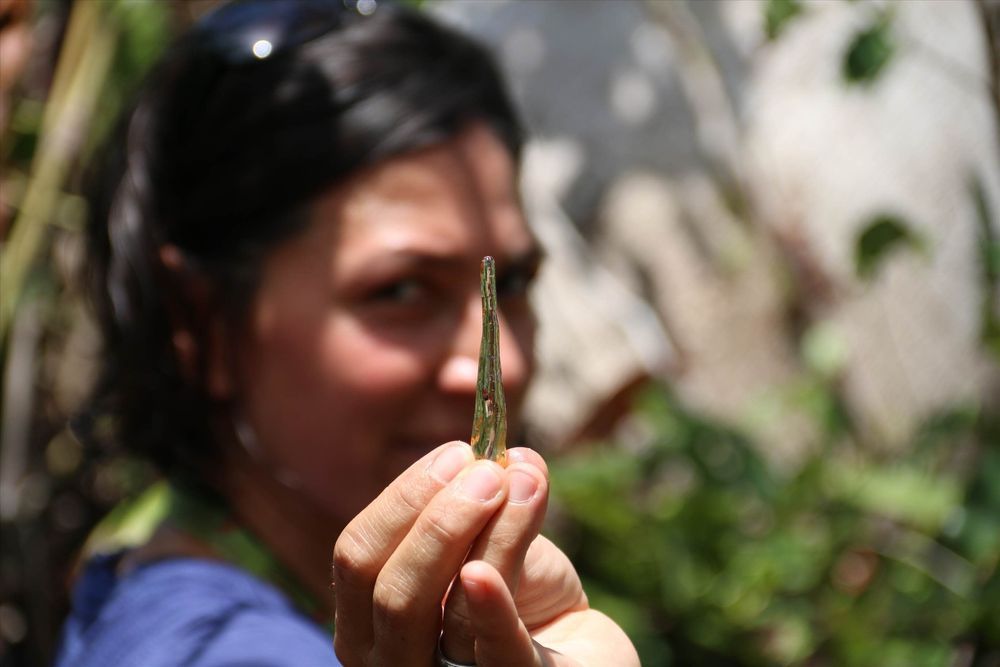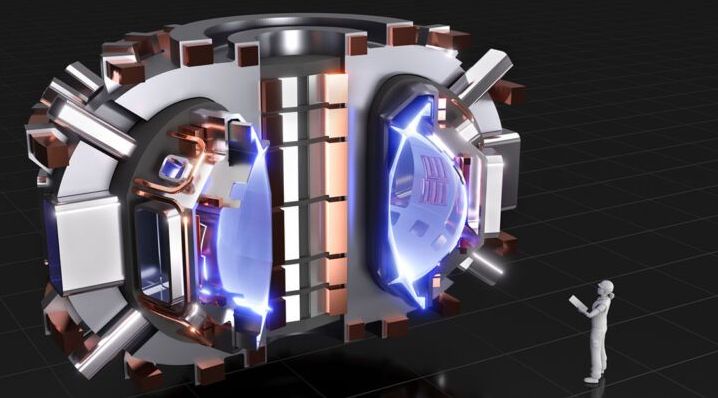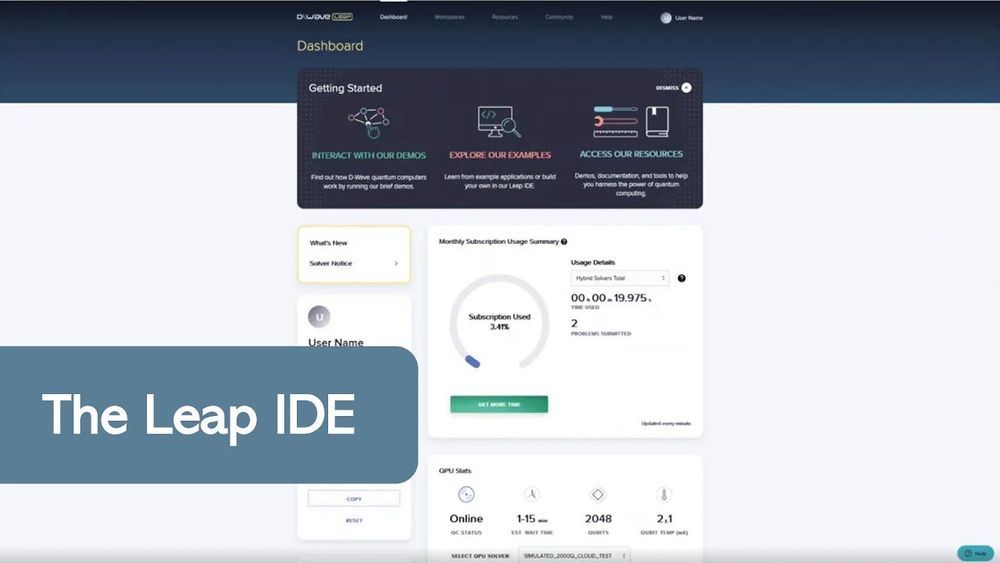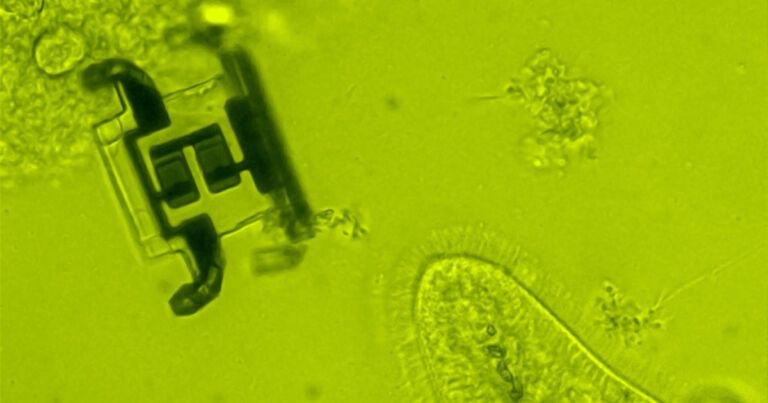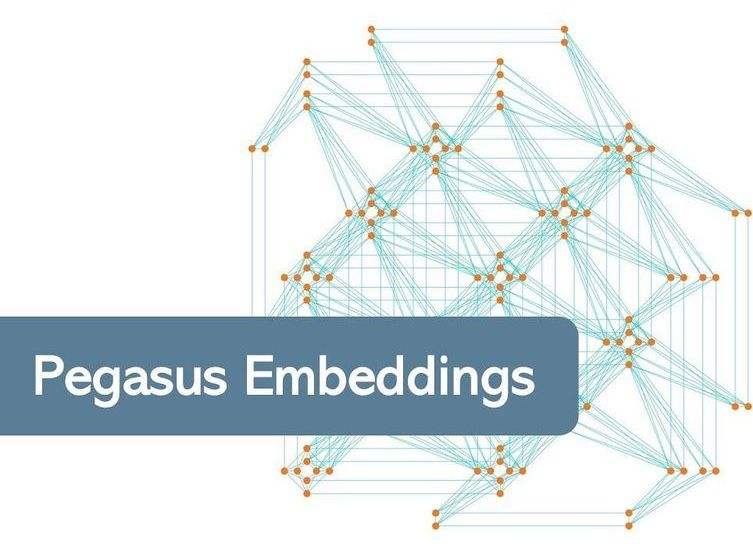Sep 29, 2020
Researchers extract DNA from insects embedded in resin
Posted by Quinn Sena in categories: biotech/medical, genetics
For the first time, Senckenberg scientist Mónica Solórzano-Kraemer, together with lead authors David Peris and Kathrin Janssen of the University of Bonn and additional colleagues from Spain and Norway, successfully extracted genetic material from insects that were embedded in six- and two-year-old resin samples. DNA—in particular, DNA from extinct animals—is an important tool in the identification of species. In the future, the researchers plan to use their new methods on older resin inclusions, as well. The study was published today in the scientific journal PLOS ONE.
The idea of extracting DNA from resin-embedded organisms inevitably invokes memories of the blockbuster “Jurassic Park.”
“However, we have no intention of raising dinosaurs,” says Dr. Mónica Solórzano-Kraemer of the Senckenberg Research Institute and Natural History Museum. “Rather, our current study is a structured attempt to determine how long the DNA of insects enclosed in resinous materials can be preserved.”
